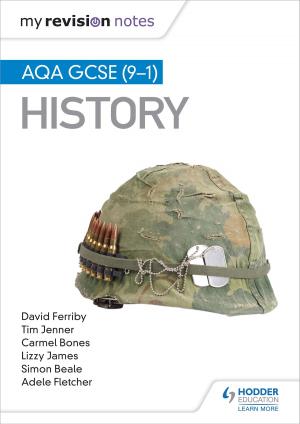Anatomy and Physiology Terms: Brief Definitions, Roots & Morphology; An Abecedary; Vol 4A Muscular System - Gross Anatomy Terms
Nonfiction, Science & Nature, Science, Other Sciences, Study & Teaching| Author: | Lee Oliva | ISBN: | 9780463686300 |
| Publisher: | Lee Oliva | Publication: | August 14, 2018 |
| Imprint: | Smashwords Edition | Language: | English |
| Author: | Lee Oliva |
| ISBN: | 9780463686300 |
| Publisher: | Lee Oliva |
| Publication: | August 14, 2018 |
| Imprint: | Smashwords Edition |
| Language: | English |
Anatomical Planes may sound to be common everyday concepts. The moment they are used with directional terms like Superior, Inferior, Lateral or Medial, the confusion ensues. But the students will have an epiphany with this terms, but not immediately. Later, you will wonder, “How did I miss such a mundane concept?”. The majority of directional terms are everyday English vocabulary. It’s their Latin roots... and naming conventions that are mystifying. How do you explain: “DORSOFLEXION” as opposed to “PLANTARFLEXION”. Opposite directions but they are both – FLEXION.
The Author recommends the best primer muscle illustrations, in his opinion, is by Robert J. Stone’s and Judith A. Stone’s Atlas of Skeletal Muscles. Features Origination-insertion, innervation, and action. (ISBN 0-07-235080-6 / International Ed., ISBN 0-07-119901-2)
Anatomical Planes may sound to be common everyday concepts. The moment they are used with directional terms like Superior, Inferior, Lateral or Medial, the confusion ensues. But the students will have an epiphany with this terms, but not immediately. Later, you will wonder, “How did I miss such a mundane concept?”. The majority of directional terms are everyday English vocabulary. It’s their Latin roots... and naming conventions that are mystifying. How do you explain: “DORSOFLEXION” as opposed to “PLANTARFLEXION”. Opposite directions but they are both – FLEXION.
The Author recommends the best primer muscle illustrations, in his opinion, is by Robert J. Stone’s and Judith A. Stone’s Atlas of Skeletal Muscles. Features Origination-insertion, innervation, and action. (ISBN 0-07-235080-6 / International Ed., ISBN 0-07-119901-2)















